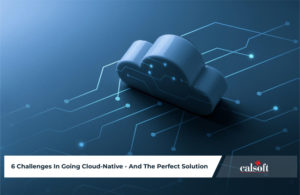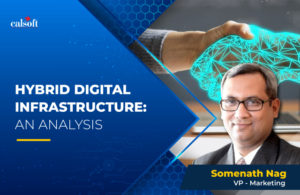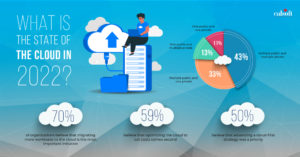It’s time to drive the SDN wagon further ahead! In the past, we have touched upon aspects that define SDN, understood the “openflow” connection found out what would the future of this market will be like. The basic concept of SDN is that it provides centralised intelligence by separating the control panel and forwarding planes so as to manage traffic optimally and deploy services to handle changing business needs efficiently.
Having learnt to get along with SDN, the next rational step is to address the big concern of any enterprise in today’s era – Security! Secure networks are crucial to all businesses, especially with the increase of migration to the cloud using the breakthrough technology – Software-Defined Networking. The concept of BYOD (Bring Your Own Device), emergence of virtualised and cloud environments bring along with them risk of data exposure due to poor network security.
To secure the SDN system, each component in the SDN architecture has to be secured. This will finally culminate into the protection of all the connected resources and information. The following table summarizes security requirements for the key components of an SDN:
| Element/Layer | Security Mechanisms |
| Controller-specific hardening | Secure management protocols; AAA; OS patches; enable only used services, ports, and protocols |
| Device hardening for agents and controllers | Control plane, management plane and data plane security mechanisms; physical and Layer 2 security |
| Network services | Disable unused ports, protocols and services; infrastructure access lists; and firewall protection |
| Applications/APIs | Secure coding practices; digital signing of code; integrity checks |
| Management/provisioning | Role-based access control; encryption; logging; change management processes |
| Communications channels | Authentication and authorization; encryption |
| Agent security services | Firewalls; identity; threat mitigation |
Source:
NetworkComputing
It is vital to anticipate what part of SDN can an attacker target and secure the glitches ahead of time to safeguard the interest of the business. Taking a cue from the anticipation, a new breaking edge technology related to security is emerging called software-defined security (SDSec), it is an example of network functions virtualization that decouples the network function such as firewalling and intrusion detection, from proprietary hardware appliances, so they can run in software. It’s designed to consolidate and deliver the networking components needed to support a fully virtualized infrastructure – including virtual servers, storage and other networks. Source: SDN Central
Before an enterprise initiates the SDN deployment project, it should take into consideration all the security requirements and should design the system to accommodate them. If security requirements are not taken seriously, the SDN system can crash rendering great losses and should be avoided by all means.
To know more email: marketing@calsoftinc.com






